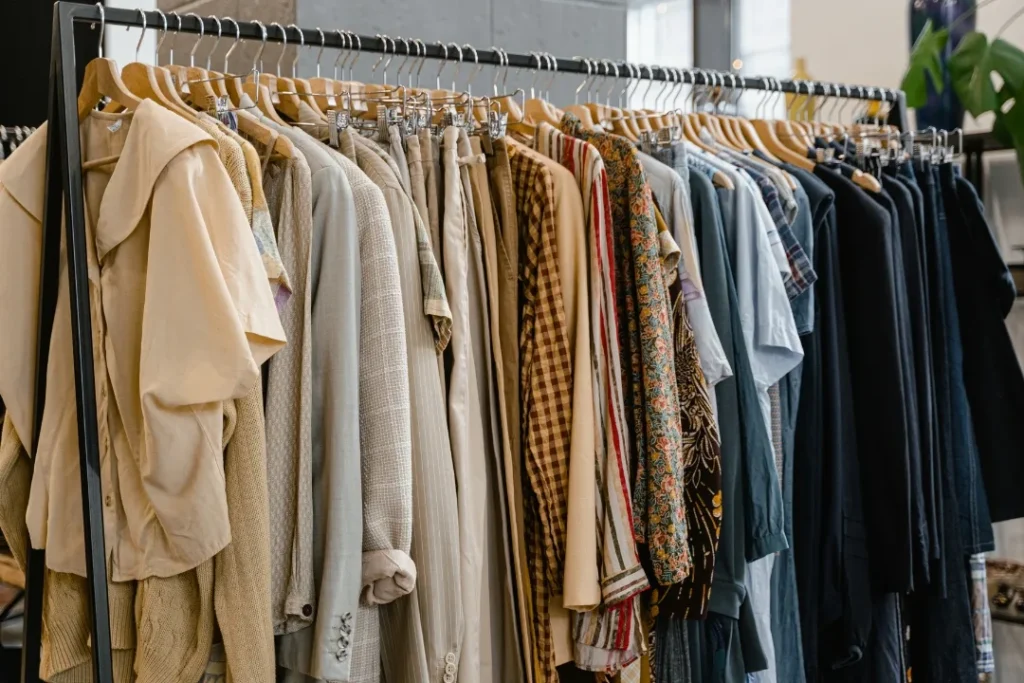Trends in the Apparel Production Industry in Pakistan Driving Growth & Sustainable Innovation
Have you noticed how many Pakistani apparel manufacturers lose global orders, struggle with unpredictable quality, and get stuck with high inventory? Pakistan’s energy shortages, outmoded factories, and rising international tariffs are all choking industry growth. Without modern methods, many producers still rely on cotton-only exports, missing out on value-added garments. Export growth is stalling, operational costs are climbing, and competition from neighbouring countries is eating into margins.
Things are shifting fast in Pakistan’s garment sector. Costs are climbing, global buyers want cleaner processes, and delays aren’t an option anymore. If factories don’t adjust, they fall behind; it’s that simple.
That’s where understanding trends in the apparel production industry in Pakistan becomes necessary. Some factories in Karachi, Lahore, and Faisalabad are switching to machines for quicker cuts. Others are trying digital tools to plan better or using less harmful fabrics. These changes may seem small, but they lead to safer workplaces, less waste, and clothes that sell faster. This blog digs into what’s happening and how businesses can stay in the game in 2025 and beyond.
Why Trends in the Apparel Production Industry in Pakistan Matter
Pakistan’s apparel exports hit around US$6.2 billion in the first eight months of FY2024‑25, a sharp rise of nearly 19% year-on-year. While overall manufacturing contracted, apparel manufacturing grew by about 0.9% in that period, proof that value-added segments like ready‑made garments and knitwear are driving growth
Understanding Trends in the Apparel Production Industry in Pakistan helps brands align with demand shifts.

Smarter, Greener Choices
Pakistani factories are changing direction. Local mills are experimenting with things like recycling old clothing, producing cotton in ways that benefit the earth rather than harm it, and using less water to color fabric because large purchasers want cleaner output. These changes aren’t just for show; they help get into strict international markets. Trends in the Apparel Production Industry in Pakistan are now deeply tied to how eco-friendly and responsible the supply chain looks.
Digital Tools Replacing Guesswork
Manual work used to rule the floor days, production crews in places like Karachi and Lahore depend on sensors and software to keep everything functioning properly. The entire process becomes quicker and more dependable with solutions that reduce waste and track quality in real-time.


Smaller Orders, Bigger Impact
Fashion is moving fast, and that means smaller, quicker orders. Instead of making huge batches and risking leftover stock, manufacturers are taking on short runs. Some are even reusing cut-off scraps or old pieces to make new designs. This approach not only reduces waste, but it also matches what customers want. That’s why one of the strongest Trends in the Apparel Production Industry in Pakistan is a shift toward made-to-order and circular production.
Workwear Innovation and Smart Fabrics
Functional apparel for industrial and safety use is evolving. Pakistani workwear producers now produce multipurpose clothing that is ergonomic, breathable, flame-resistant, and equipped with smart sensors for tracking posture or temperature. These developments reflect broader Trends in the Apparel Production Industry in Pakistan, where performance textiles meet local demand.


Embracing Localized Production
Rather than outsourcing overseas, many global brands now prefer production hubs closer to markets. Pakistan’s proximity to the Middle East, Africa, and parts of Europe, plus faster turnaround times, positions it well in regional supply networks, another major Trend in the Apparel Production Industry in Pakistan
Export Pressure and Geopolitical Challenges
US tariffs, recently adding up to nearly 39% on imports from Pakistan, threaten the competitiveness of exports, especially denim and knitwear. Recognizing this, Pakistani producers are shifting to higher-value, niche markets and diversifying export destinations to mitigate tariff risks, a critical component of Trends in the Apparel Production Industry in Pakistan.


Apparel Market in Pakistan
Data shows Pakistan’s apparel market is estimated at US$5.66 billion in 2025, with modest volume growth expected through 2029. Traditional and ready-to-wear segments still dominate domestic demand, with steady consumer appetite for fashion that blends heritage and modern convenience
E‑commerce is another rising driver: fashion sales online are expected to exceed US$1 billion by 2025, up rapidly with a projected CAGR of nearly 10% toward 2029
How Businesses Can Leverage These Apparel Industry Trends in Pakistan
- Invest in green technologies: from recycling to organic cotton, these choices add export value and reduce costs.
- Digitalise production: ERP, automation, and forecasting cut errors and lead times.
- Offer small runs or customizable collections to test new designs quickly.
- Focus on export diversification: target markets not affected by harsh tariffs.
Prioritize worker safety and ethics: factories that ensure cooling, fair wages, and safe conditions will win international trust.

Final Thoughts: Adapt to Lead, Don’t Follow
Pakistan’s apparel sector has never stood still, but the pace of change now is unlike anything we’ve seen before. Every week, there’s a shift, a new compliance rule, a customer asking tougher questions, or a global buyer looking for faster delivery with lower impact on the planet. The companies that read the signs and act quickly are already gaining ground.
Right now, trends in the apparel production industry in Pakistan are pointing clearly in one direction: toward transparency, smarter systems, and cleaner operations. This isn’t about jumping on a trend; it’s about staying in business five years from now. Whether you’re a small unit in Faisalabad or a large export house in Karachi, the path ahead will reward those who can rethink how they work, not just how much they produce.
FREQUENTLY ASKED QUESTIONS
Because of rising energy costs, global tariffs, and tougher buyers’ demand, modern methods are needed to remain competitive.
Yes. Even basic ERP systems or sensor-based quality checks improve reliability and minimise defects.
Think knitwear, activewear, medical textiles, or fashion garments meant for niche buyers, not just cotton yarn.
Install ventilators or evaporative cooling, optimize work-rest schedules, and take steps encouraged under new EU regulations.
Often, yes. With fewer shipping delays and easier quality control, clients value nearby suppliers.
They do. Real-time tracking or predictive forecasting means fewer mistakes, less excess fabric, and faster deliveries.
